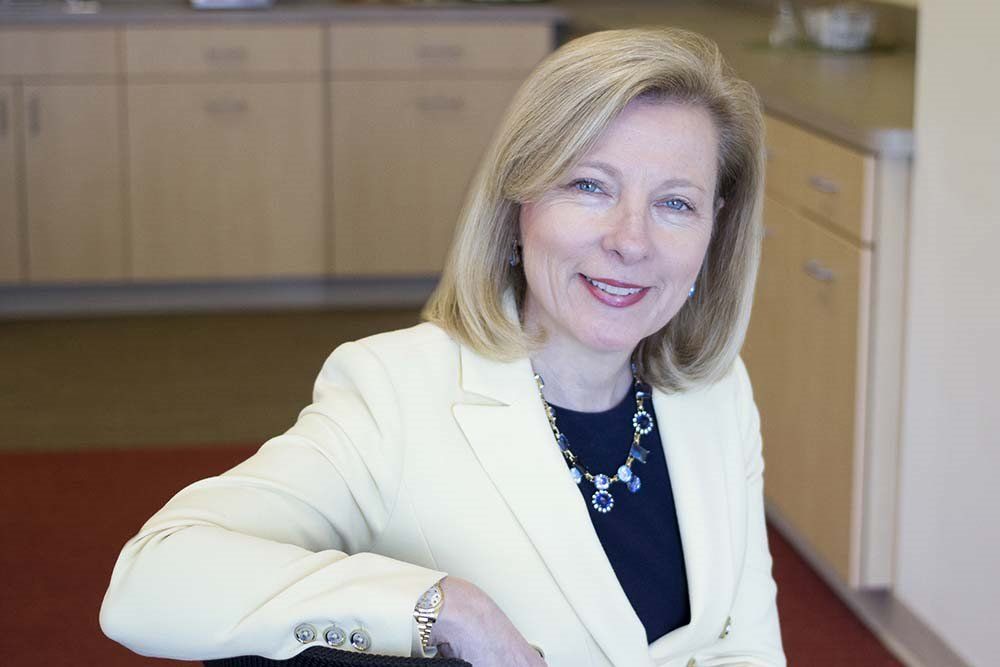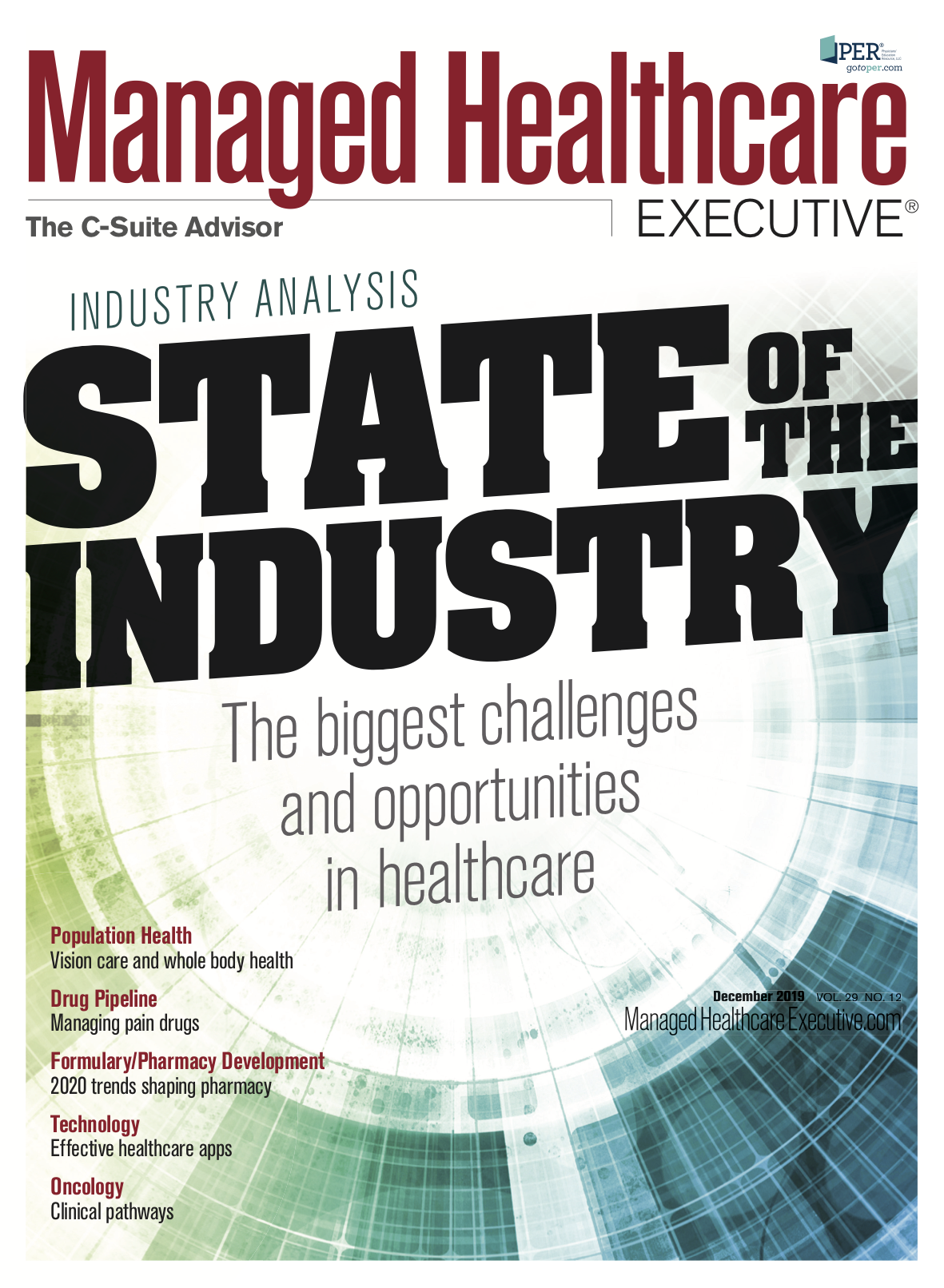Oncology Clinical Pathways: A Growing Trend for Value-Based Care
A program that balances scientific advances and cost, oncology clinical pathways can be an important tool for improving quality of care.

Robin Zon

Robert Daly

Oncology clinical pathways (OCPs) have been part of a growing trend for providers and payers. The American Society of Clinical Oncology (ASCO) reported a 42% increase from 2014 to 2016 in practices compliant with a pathway program based on an annual census of oncology practices. Protocols for OCPs include a wide variety of important aspects of delivering cancer care including anticancer drug treatment based on the stage and disease type. Oncology pathways balance various aspects of care including clinical efficacy, safety, toxicities, cost, and scientific advances. Additionally, ASCO is continuously raising awareness about high-quality OCPs among oncology providers, patients, and other stakeholders. This article will focus on OCPs and high-quality, value-based reimbursement models.
Nuts and bolts of OCPs
According to ASCO, approximately 60 individual health insurance plans in the United States are establishing OCPs. More than 170 million individuals covered by these plans are potentially being treated under a plan-sponsored pathway, with many receiving treatment for active cancer. In January 2015, ASCO established the Task Force on Clinical Pathways to review OCPs and provide guidance on developing and using OCPs in cancer care.
Robin Zon, MD, FACP, chair, ASCO Task Force on Clinical Pathways, president, Michiana Hematology Oncology Advanced Centers for Cancer Care, in Mishawaka, Indiana, has been instrumental, through her publications and research, in developing criteria to evaluate OCPs and educating on the use of these programs to improve patient care. The use of OCPs can also play an important role as a collaborative approach with various practice settings or through participation in accountable care organizations that don’t share a common electronic health record (EHR). High-quality OCPs can serve as an important tool to improve care quality and reduce costs. According to a study published in the Journal of Oncology Practice, outpatient costs were 35% lower for non–small cell lung cancer patients treated on OCPs compared with those treated off pathways, while there was no difference in overall survival. Another study published in the Journal of Oncology Practice demonstrated that overall costs from the national claims database, including total cost per case and chemotherapy costs, were lower for patients treated on-pathway compared with patients not treated according to the OCP. Other key study findings include that patients treated on-pathway required a shorter therapy duration, and there was a lower rate of chemotherapy-related hospital admissions.
Related: Biologics Build Oncology Drug Pipeline
Zon says that ASCO created a detailed checklist, also known as Criteria for High-Quality Clinical Pathways (Criteria), to serve as a guide for evaluating OCPs that focuses on the following important areas: development, implementation/use, and analytics. High-quality programs should be expert driven, include a clear process and methods for development, be patient focused, and have an evidence-based approach as part of the development criteria. Also, programs should have clear and achievable expected outcomes, cost-effective technology, and clinical decision support (e.g., EHR) for the implementation and use component. The analytics area should include performance metrics, have outcomes-driven results, and promote research and continuous quality improvement. According to Zon, there were concerns with OCP program quality, so the Criteria help to ensure that pathway programs “focus on efficacy first, then toxicity, and lastly cost.” Zon played an important role in helping to develop the Criteria for OCPs.
National pathway vendor evaluation
Zon and Robert Daly, MD, MBA, Memorial Sloan-Kettering Cancer Center, New York, along with the ASCO Task Force on Clinical Pathways, evaluated the national pathway vendors using the Criteria and included OCPs in their analysis that provided treatment management tools to standardize and promote evidence-based care and enhance treatment quality. The various vendors involved in the analysis included different characteristics. For example, New Century Health consists of two levels of pathways. Oncology pharmacists draft the initial Level 1 Pathways in collaboration with medical oncologists to determine whether the regimen is safe and effective first and then evaluate the cost. The Level 2 Pathways include oncology treatment regimens used by CMS. Other interesting findings are that some OCPs like Anthem/AIM enable providers to retrieve their pathway adherence performance reports, and it uses a panel of eight to 12 physicians from community and academic practice settings to develop the pathways. Not all pathways have fully integrated their programs into the EHR, and Zon says that continuous work is needed to facilitate implementing this into the daily workflow.
Daly emphasized the importance of “having information at the point of care.” He says that the two types of OCPs are provider and payer pathways. Payer pathways are usually developed by health plans, while provider pathways are established by physician disease committees. Their study serves as a guide for clinicians to ensure that OCPs are high quality, rather than a recommendation to use a specific pathway.
OCP education, evidence-based resources, and future research
Zon says that education about OCPs is key, and she has been instrumental in the process. After attending a recent Oncology Clinical Pathways Congress meeting, Zon reported that there were many educational sessions with a variety of stakeholders including physicians and payers. “More groups are implementing OCPs to achieve value-based care,” Zon says. She has provided education to oncologists through podcasts and at meetings.
Zon discussed the importance of a hierarchy of evidence-based resources for selecting treatment regimens. The ASCO and National Comprehensive Cancer Network guidelines should be used as part of the decision-making process along with newly FDA-approved medications and the latest evidence. Ultimately, “assessing how the patient is doing is the goal,” Zon says. Oncologists should ask the quality of life questions that include whether the patient is able to work and participate in daily activities. Daly says that more research is needed on value-based payment models and their impact on quality of care. He adds, “Physicians have little control over cost but can control how patients are treated.”
Jennifer Gershman, PharmD, CPh, is a pharmacist and medical writer residing in South Florida.

Extending the Capabilities of the EHR Through Automation
August 2nd 2023Welcome back to another episode of "Tuning In to the C-Suite," where Briana Contreras, an editor of Managed Healthcare Executive, had the pleasure of chatting with Cindy Gaines, chief clinical transformation officer at Lumeon.
Listen